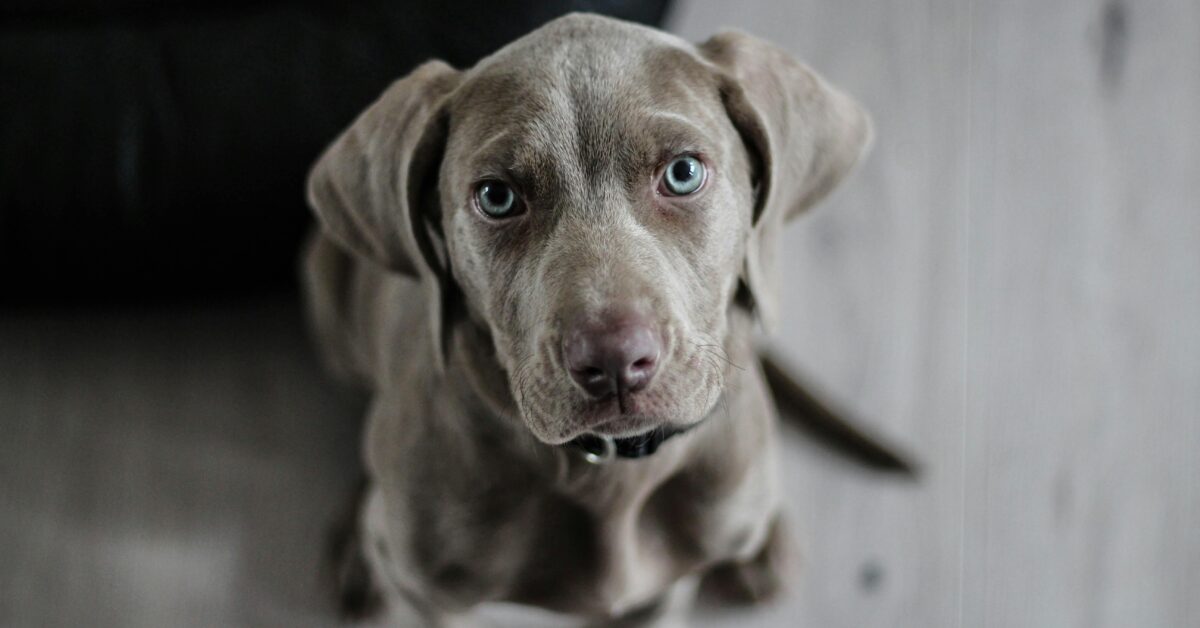
How to Curb Separation Anxiety in Your Dog
Coming home to chewed furniture, scratched doors, or a howling dog can be heartbreaking—not to mention stressful. These are all signs your dog might be struggling with separation anxiety, a common issue for pups who feel overly attached or fearful when left alone.
At Sit Means Sit in South West Las Vegas, we’ve helped many dog owners work through this issue, and today we’re sharing some of our top dog separation anxiety tips to help your pup feel more calm and confident, even when you’re not home.
What Is Separation Anxiety?
Separation anxiety goes beyond mild whining when you leave. It can include destructive behavior, excessive barking, pacing, potty accidents, or even attempts to escape. It’s important to remember: your dog isn’t being “bad”—they’re just overwhelmed and unsure how to cope.
Top Dog Separation Anxiety Tips
1. Create a Calm Exit Routine
Dogs are experts at picking up on patterns. If your keys, shoes, or goodbye cues trigger anxiety, try mixing things up. Stay calm and low-key when you leave and return home. Avoid big emotional goodbyes, which can increase stress.
2. Build Up Alone Time Gradually
Start by leaving your dog alone for just a few minutes, then slowly increase the time. Practice “mini-exits” where you step outside and return without any fanfare. This helps your dog learn that you always come back.
3. Use Enrichment to Distract
Give your dog something to focus on while you’re away, like a puzzle toy, stuffed Kong, or slow feeder. Mental stimulation can ease anxiety and keep them occupied. A tired brain is a calmer brain!
4. Provide a Safe, Comfortable Space
Whether it’s a crate, a cozy bed, or a quiet room, having a designated “safe zone” can help your dog feel more secure. Make it a positive space filled with familiar smells and comfort items.
5. Try Background Noise
Soft music, white noise, or even the TV can help mask outside sounds that might trigger barking or stress. Some pet-specific music apps are designed specifically for soothing anxious dogs.
6. Don’t Punish Anxiety Behaviors
Remember, your dog isn’t acting out on purpose. Punishing anxiety-driven behavior can actually make things worse. Instead, focus on building confidence and reinforcing calm behavior.
7. Consider Professional Training
If your dog’s separation anxiety is severe, working with a professional trainer can make a big difference. At Sit Means Sit South West Las Vegas, we offer customized dog training programs that address anxiety and help your dog become more independent over time.
You’re Not Alone—And Neither Is Your Dog
Separation anxiety is tough, but with patience, consistency, and the right strategy, your dog can learn to stay calm when you’re away. These dog separation anxiety tips are a great starting point—but every pup is different.
Ready to help your dog feel more confident and secure? Contact Sit Means Sit South West Las Vegas today to learn how our expert dog trainers can help you and your dog thrive—together and apart.
